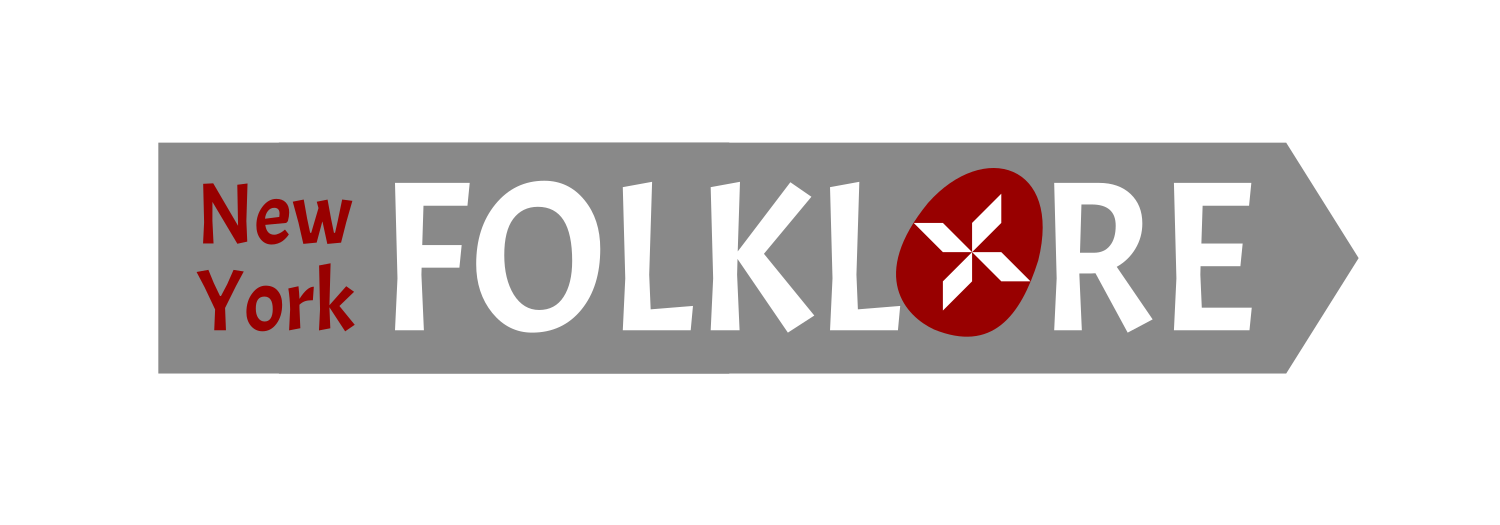My introduction to the racetrack and its world of racing began in 1996, as I was asked by the National Museum of Racing and Hall of Fame at Saratoga Springs, New York, to conduct an ethnographic study of the “backstretch”. I received an Archie Green Fellowship in Occupational Folklore from the Folklife Center of the Library of Congress in 2012, which allowed me to expand my research beyond New York State to include racetracks and stables in Kentucky, Florida, and Louisiana. The entire project resulted in a traveling exhibition and a book published by the University Press of Mississippi, Stable Views: Stories and Voices from the Thoroughbred Racetrack (2015).
The thoroughbred racetrack serves as a centerpiece of a unique world of work, with specialized roles and tasks, specific language and vocabulary, rituals, and
For my research, I sought to interview individuals in as many different occupational roles as
“I’m just shy of 80 years old and I’m still working which is very odd in this business…
After I learned and got on my own and got going and established pretty good in the industry,
my dad taught my brother Tony
Then I taught my brother Paddy.
Then I taught my son, Ray, Jr.
And I taught by nephew Chris.
And they’re all doing good too. Good horseshoers… Only in the thoroughbred industry and they turned out to be good horseshoers.” 1-Ray Amato
Sources Cited:
McHale, Ellen. 2015. Stable Views: Stories and Voices from the Thoroughbred Racetrack.
Jackson: University Press of Mississippi
1 Interview with Ray Amato, Florida, 2012.
